[spb_text_block animation=”none” animation_delay=”0″ simplified_controls=”yes” custom_css_percentage=”no” padding_vertical=”0″ padding_horizontal=”0″ margin_vertical=”0″ custom_css=”margin-top: 0px;margin-bottom: 0px;” border_size=”0″ border_styling_global=”default” width=”1/1″ el_position=”first last”]
One of the major challenges for water and wastewater utilities, in general, is that they work in an industry that is slow to adapt new technologies and holds onto outdated workflows. In their original form, these workflows are paper-based and, as such, incredibly cumbersome.
[/spb_text_block] [spb_image image=”17232″ image_size=”full” frame=”noframe” caption_pos=”hover” remove_rounded=”yes” fullwidth=”no” overflow_mode=”none” link_target=”_self” lightbox=”no” intro_animation=”none” animation_delay=”200″ width=”1/1″ el_position=”first last”] [spb_text_block animation=”none” animation_delay=”0″ simplified_controls=”yes” custom_css_percentage=”no” padding_vertical=”0″ padding_horizontal=”0″ margin_vertical=”0″ custom_css=”margin-top: 0px;margin-bottom: 0px;” border_size=”0″ border_styling_global=”default” width=”1/1″ el_position=”first last”]
For a sewerage operator in Hungary, Sopron Waterworks, on-site check-ups, a necessary activity for issuing building permits, involved field workers checking the infrastructure, recorded the findings on paper, and later uploading it to the central system.
Large networks, big savings
However, remote workflows as this one, especially when involving a huge network to oversee, typically call for mobility solutions. And with just a simple piece of hardware like a tablet, the productivity of field workers can drastically improve.
Sopron Waterworks, controlling 1,400 kilometers of water distribution and sewerage network, realized the opportunity to break out of industry constraints and decided to improve their efficiency with mobilization. For the most benefit, they were committed to use technology to redesign the outdated workflows.
But they didn’t simply settle for a technology solution: they wanted an innovative approach, industry-specific expertise and collaboration capabilities. This is how they found and selected SCOLVO and deployed a customized version of the SCOLVO Process application.
Like most of the time, going mobile with an operational process also required Sopron Waterworks to re-think the existing processes and to create new ones. As a result, the field workers equipped with a tablet and the mobile app no longer needed to wait for data exchange: everything could be done on-site, in real-time.
With the diversion of data to electronic ways and the creation of a new, mobile workflow, the utility company managed to overcome challenging time constraints and save 13% of its workers’ time that could be re-assigned to other tasks. Besides the productivity gains, it also managed to make its workflow paperless.
Follow-up is key
Even within an industry, there are substantial differences among the companies and their processes that require minor adjustment when deploying a piece of software. With SCOLVO’s support, Sopron Waterworks could easily customize the application (change the input methods, fine-tune forms) to fit exactly their needs. The ease of use and the ability to complete tasks faster resulted in a 27% increase in employee satisfaction.
[/spb_text_block]




